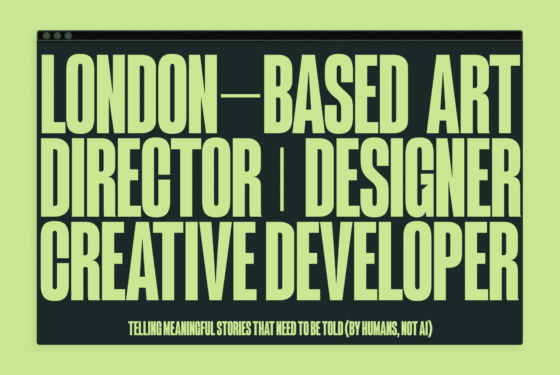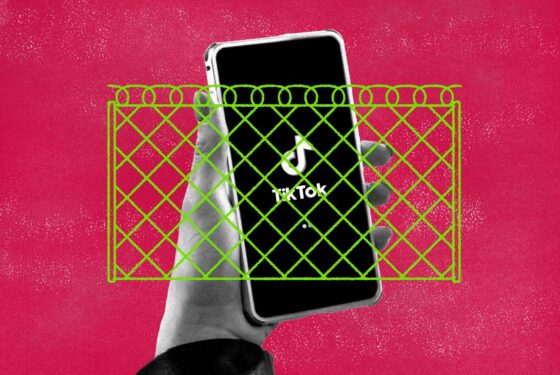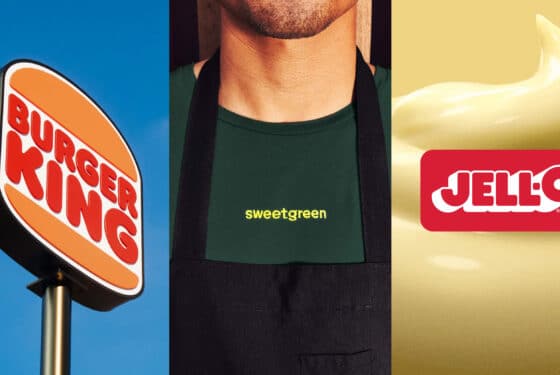Resources
Bright ideas are meant to be shared.
This is where we keep the good stuff. The nerdy stuff. The stuff that will help you navigate everything from generative AI to design trends to how to tell an unforgettable story.
Trends
Have you ever scrolled through a website, glanced at a billboard, or watched a commercial that made an immediate impression on you? That’s the beauty of great design. Nerd out with us about the latest trends, artistic techniques, and inspiring approaches to creative marketing.
View All TrendsNewsletters
Look back at past issues of Tegan’s newsletter to see what we’re all about. Think of it as a weekly super cut of the latest trends in marketing, helpful tips and recs, and top headlines. We also like to sprinkle in some top tier dad jokes for good measure.
View All NewslettersArticles
We may not know how to put a straw in a Capri Sun, but we do know a thing or two about digital marketing. Hot takes? We’ve got ‘em. Jargon-free explainers on tech topics? Here, here. Thought leadership without the fluff? We’re your people.
View All Articles



